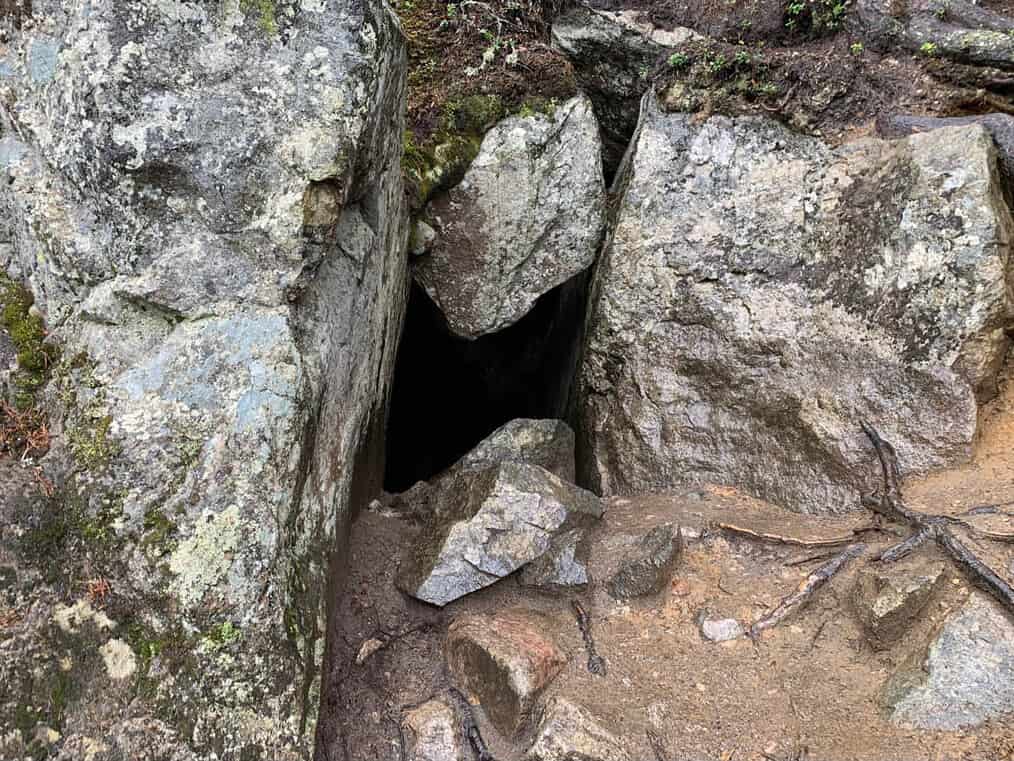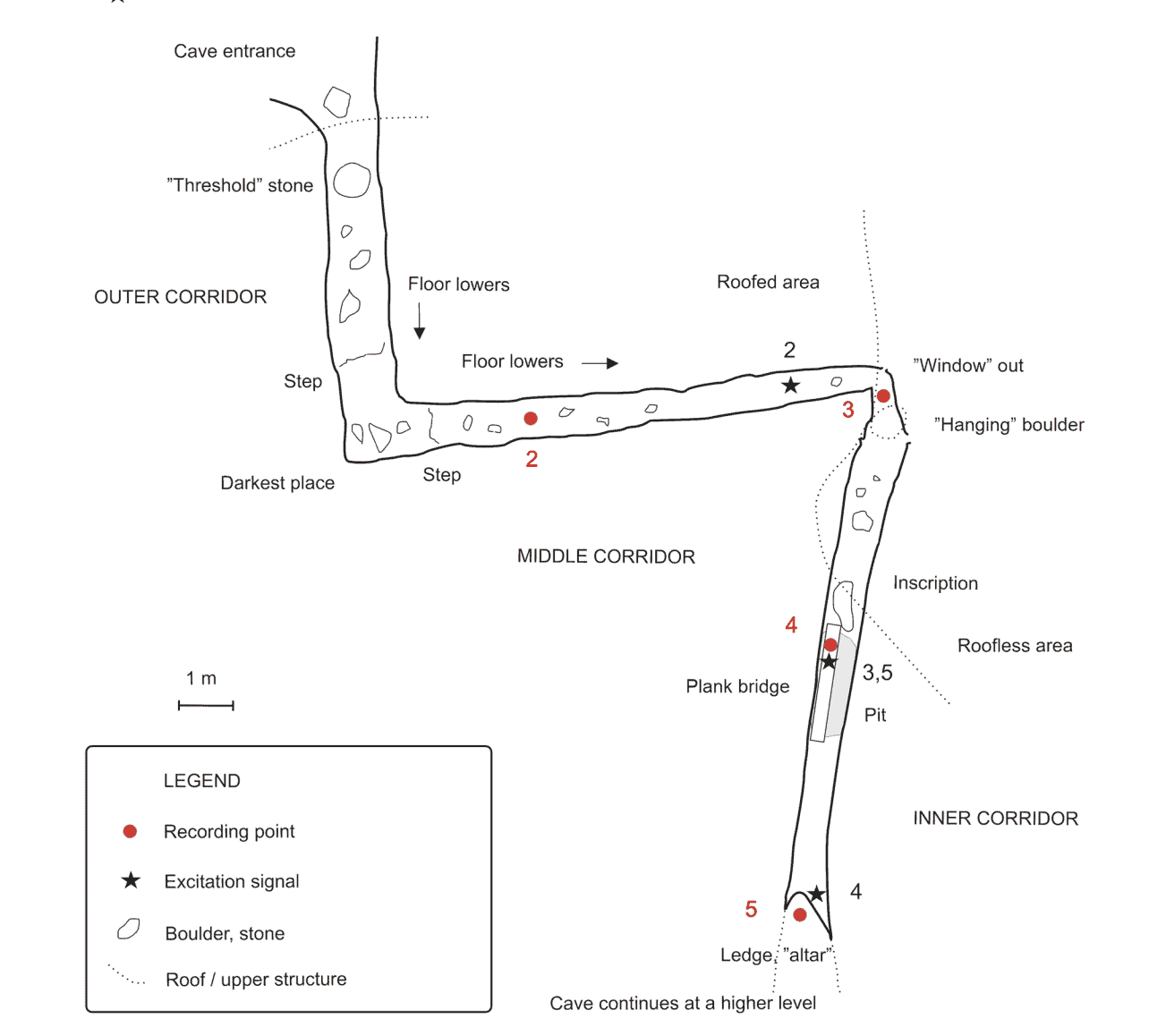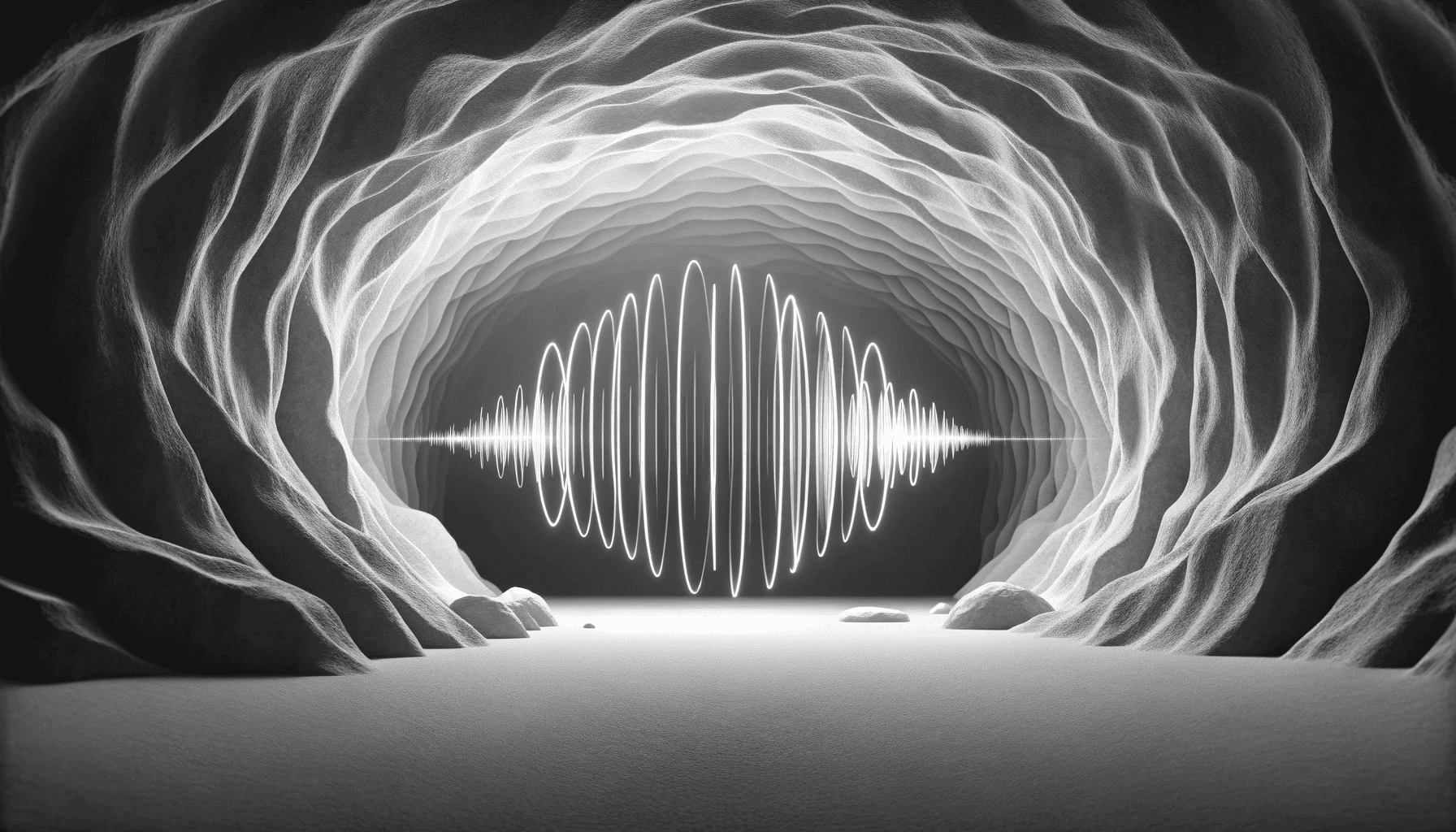
In eastern Finland, the Koli National Park is home to a famous 34-metre-long crevice cave. The cave is called Pirunkirkko, or ‘Devil’s Church’ in English — and there’s a good reason for that.
The cave was known as a place where shamans (or sages) would meet to contact the spirit world. Now, researchers have found one of the reasons why they might have chosen to use this cave — its unique acoustic properties.
Researchers at the University of Helsinki and the University of Eastern Finland found that the Devil’s Church produces a unique resonance phenomenon. This phenomenon enhances and prolongs sound at a specific frequency. The researchers argue that this occurrence could have substantially influenced the beliefs and experiences linked to the cave.
Resonance is common in built environments, but rare in natural settings. In nature, smooth, solid, parallel surfaces are seldom found. This means that the resonance in the innermost part of the cave would have been an exceptional sound phenomenon for the people living in the region.
Cave acoustics
The Koli mountain range in Finland is a mythical place for Finns. For over 100 years, the views from the mountaintops have brought artists and tourists to the area. One of the well-known attractions of the Koli National Park is the Devil’s Church. The cave is essentially a natural crack in the mountain that was used as a gathering place for Finnish sages.
The sages were spiritual specialists in agricultural communities over the past centuries. Their main task was to make contact with the spirits in the environment, heal the sick, and solve various problems caused by imbalances or disturbances between people, nature, and the spirit world. In their rituals, they shouted, raged, jumped, and sang.

In their study, the researchers went through historical archives showing that several sages operated in the Koli area. The most famous one was a man known as Kinolainen. He would take his patients to the cave to talk with the Devil about the causes and cures of their problems, doing a ritual that included yelling, stomping and shouting.
The researchers also interviewed and observed a modern-day practitioner of shamanism who uses the cave for rituals. He said there’s a special energy in the cave, creating a strong connection to the surrounding nature and to one’s own roots. He also said that drumming sessions, especially at the back of the cave, have opened “new horizons.”
Measuring sounds

For their study, the team performed acoustic measurements in the corridor-like back of the cave and found a strong resonance phenomenon. This is caused by the creation of standing sound waves between the smooth parallel walls, creating a tone at the natural frequency of the cave (231 Hz) that stays audible for one second after sharp impulses, like loud bangs.
The researchers suspect that a resonance-amplified, persistent tone has probably been audible in the background of rituals performed in the Devil’s Church. They said the effect of this resonance was likely subtle and unconscious, but it could have still significantly shaped the beliefs and experiences associated with the cave.
“Where a researcher of acoustics hears resonance, people of the past may have sensed the presence of a spirit, and a shamanic practitioner may feel the presence of an exceptional energy, each according to their background,” the researchers wrote in a press release.
The study was published in the journal Open Archaeology.



